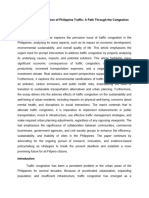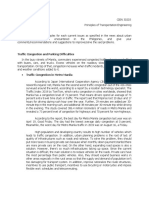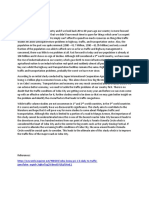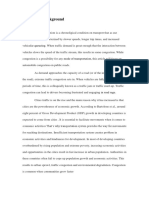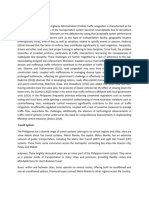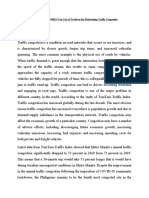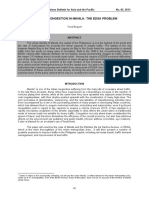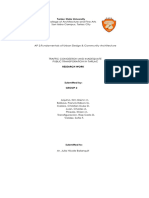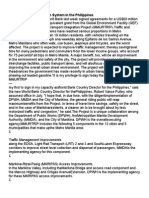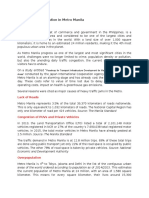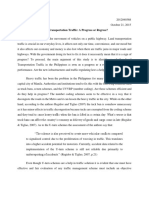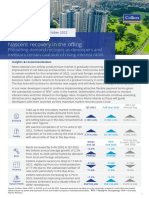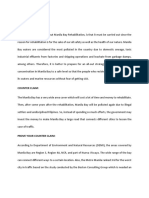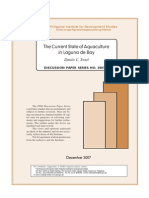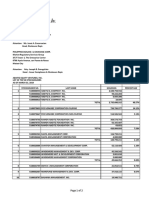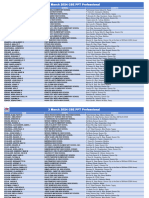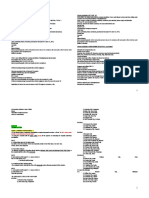0% found this document useful (0 votes)
62 views12 pagesIssue Analysis
The document discusses the severe traffic congestion issues in urban areas of the Philippines, particularly in Metro Manila and Davao City, highlighting the causes, impacts, and potential engineering solutions. It emphasizes the need for improved traffic management, upgraded road systems, and innovative designs to address the challenges posed by increasing vehicle volumes and urban growth. Current measures by the Department of Public Works and Highways and the Department of Transportation aim to alleviate congestion through infrastructure projects and public-private partnerships, but significant challenges remain in effectively reducing traffic problems.
Uploaded by
Charles JustinianiCopyright
© © All Rights Reserved
We take content rights seriously. If you suspect this is your content, claim it here.
Available Formats
Download as DOCX, PDF, TXT or read online on Scribd
0% found this document useful (0 votes)
62 views12 pagesIssue Analysis
The document discusses the severe traffic congestion issues in urban areas of the Philippines, particularly in Metro Manila and Davao City, highlighting the causes, impacts, and potential engineering solutions. It emphasizes the need for improved traffic management, upgraded road systems, and innovative designs to address the challenges posed by increasing vehicle volumes and urban growth. Current measures by the Department of Public Works and Highways and the Department of Transportation aim to alleviate congestion through infrastructure projects and public-private partnerships, but significant challenges remain in effectively reducing traffic problems.
Uploaded by
Charles JustinianiCopyright
© © All Rights Reserved
We take content rights seriously. If you suspect this is your content, claim it here.
Available Formats
Download as DOCX, PDF, TXT or read online on Scribd
/ 12

